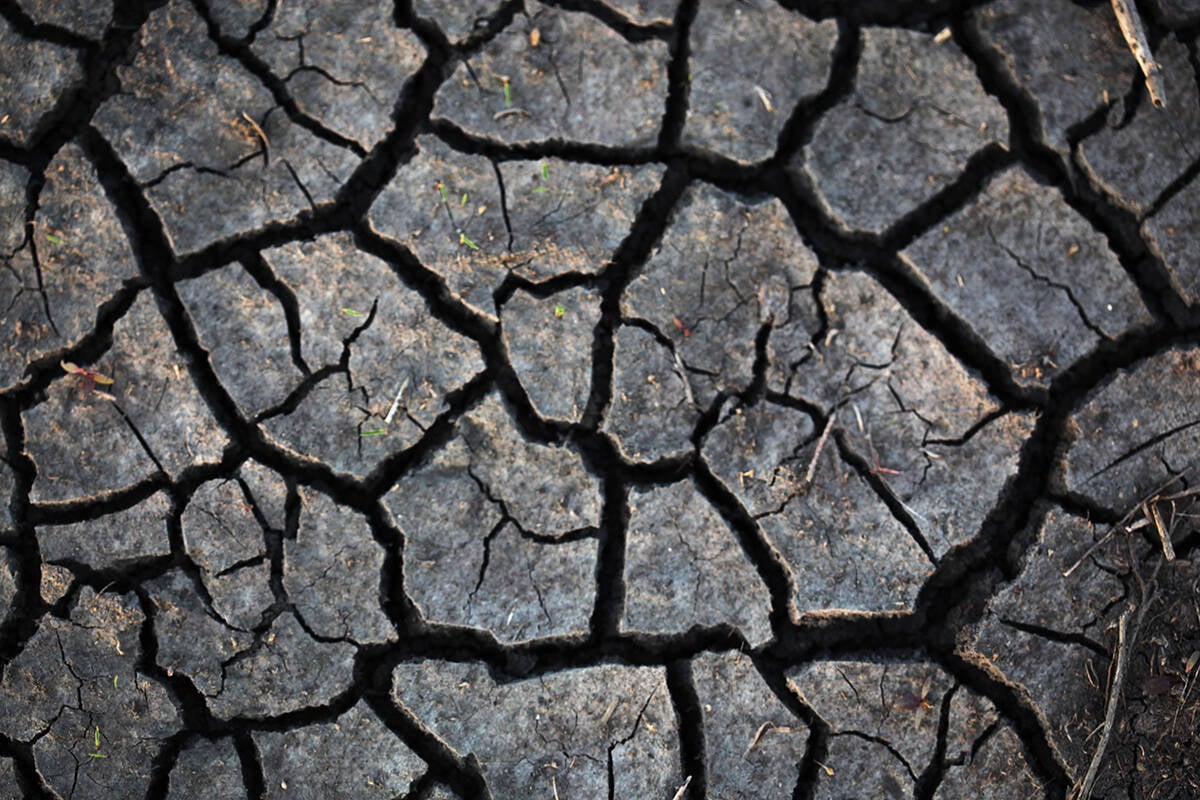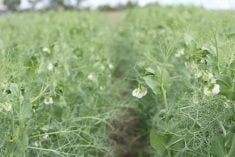Canadian hog and sheep production continues its downward trend.
As of July 1, Statistics Canada reports 11.8 million hogs, down from 12.1 million hogs on the same date in 2009.
At 1.3 million sows and gilts, the breeding herd is down by five percent since last summer’s report.
Exports fell by 14 percent during the second quarter of 2010 compared to the same period in 2009.
Canadian slaughter is down less than one percent from the same period.
The exit is linked to producers taking advantage of a government supported liquidation as well as those forced to declare bankruptcy due to three years of poor market conditions.
Read Also

Prairies have variable soil moisture conditions
The dry weather in the west was welcome for preserving grain quality and advancing harvest, but it has resulted in very dry soil moisture conditions.
They do not have exact information on why people left, said Gary Stordy of the Canadian Pork Council.
However, as more exit the industry, the hurt spreads to support services
like farm employees, feed companies, veterinarians and slaughter plants.
“The rate of decline in the pork sector has not been as severe compared to other quarters.
That is positive news for the industry as a whole but there is a concern as time passes and if this rate of decline continues, it can affect infrastructure.
The worst case scenario is processing,” he said.
Prices have not been strong enough to rebuild, said Jim Haggins, chair of Alberta Pork.
“It is a tough struggle coming back. There is still a lot of debt to be paid back before producers get in a comfortable position looking forward,” he said.
However, the sheep sector is enjoying better than average prices even though the national flock dropped nearly two percent, said Nadine Moore, chair of Alberta Lamb.
This year’s average price for a market lamb is $168.53 per hundredweight.
The best price for the first half of 2010 was in April when producers received $213 per cwt.
Cull ewes are also selling well compared to when producers were lucky to get $20 for a mature animal, she said.
As of July 1, 2010, the number of sheep on Canadian farms dropped 1.9 percent to one million head from the same date in 2009.
In 2009, Canadian processors killed 742,200 lambs, of which 33,200 were imported.















